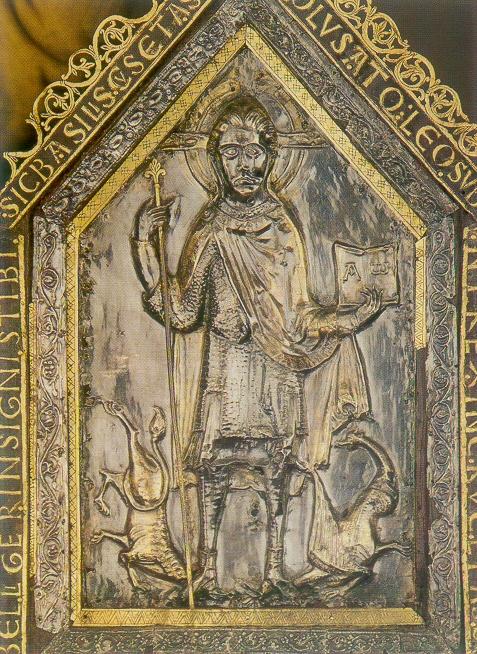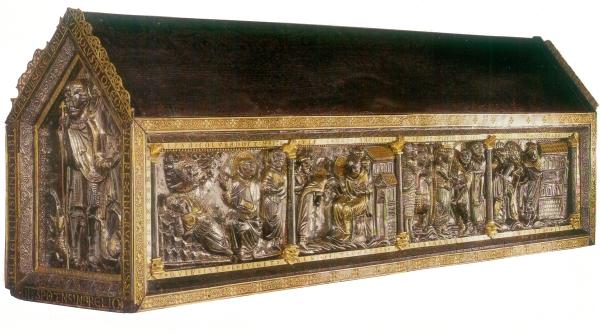Register a SNAP EBT card with Amazon

Create an Amazon Business Account
Christ Guerrier, La Châsse de St. Hadelin
Warrior Christ on the Shrine of St. Hadelin, 1046 AD
Church of St. Martin, Visé, Belgium

Châsse pignon de Saint Hadelin - Christ guerrier
Gable of Shrine of Saint Hadelin - Warrior Christ
Visé - église Saint Martin
Saint Martin Church, Vise, Belgium

This shows the Christ-warrior in "Belliger insignis", trampling under foot the lion and the dragon symbols of evil. A representation of Psalm 90 verse 13.
Confrérie Notre-Dame de Lorette et Saint-Hadelin
L'église romane du lieu fut consacrée en 1047 par l'évêque de Liège Wazon en même temps que la première châsse (dont subsiste les deux pignons avec le christ guerrier vainqueur du mal et le christ juge couronnant Remacle et Hadelin). Les longs côtés datent par comparaison iconographique et technique du 3e quart du 12e s., pendant l'âge d'or de l'art mosan.
The Romanesque church of the place was consecrated in 1047 by the bishop of Liège Wazon at the same time as the first shrine (of which remains the two gables with warrior christ victor over evil and judge christ crowning Remacle and Hadelin). The long sides date from an iconographic and technical comparison of the third quarter of the 12th century, during the golden age of mosan art.
Portail Wallonie Museum
Referenced on p.38, The Age of Charlemagne (Men-at-Arms 150) by D.Nicolle, A.McBride
The silver-gilt Chasse de St. Hadelin in the church of St. Martin, Vise, dates from 1046 AD but it still shows the earlier style of mail hauberk,
which was slit at the sides rather than the front and back. Such armours were primarily designed for fighting on foot.
See also Ottonian Soldiers in Codex Aureus of Echternach, 1030-1050AD, Germanisches Nationalmuseum in Nuremberg, Germany
Other Ottonian and Carolingian Illustrations of Costume and Soldiers
11th Century Illustrations of Costume and Soldiers


